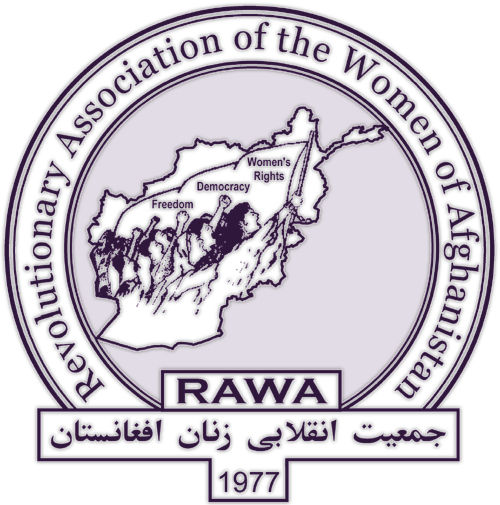civilian casualties
Bradley Manning found not guilty of aiding enemy, convicted of espionage
Military Judge Denise Lind on July 30 found Army Pfc. Bradley Manning guilty of violations of the Espionage Act for his disclosure of classified information to anti-secrecy organization Wikileaks. The judge, however, acquitted Manning of the more serious charge of "aiding the enemy." In 2010 Manning leaked more than 700,000 government documents, diplomatic cables and a controversial classified video of a 2007 US helicopter strike in Iraq that resulted in the deaths of numerous civilians and two Reuters journalists. The US Army formally charged Manning in July 2010, but his bench trial did not begin until last month at Fort Meade, Md., nearly three years after his initial arrest. Manning faces 136 months to life in prison. The court is expected to sentence Manning on later this week. Several advocacy groups have decried the verdict, with Wikileaks terming it "extremist," while members of the US government have praised it as evenhanded.
US, Afghan forces accuse each other in abuses
Afghan President Hamid Karzai on Feb. 25 ordered all US Special Forces out of two key provinces within two weeks, accusing Afghan units under their command of being responsible for the torture, abuse and disappearance of civilians. Wardak and Logar provinces, lying just outside Kabul, are considered strategic gateways to the capital. Karzai's charges reference two apparently recent incidents: The disappearance of nine civilians following a special forces operation, and the death of a student who was taken away during a night raid and whose body was found two days later under a bridge with his throat cut and signs of torture. The US has denied its forces were involved.
Children targeted in Afghanistan
The Guardian on Dec. 7 noted a Dec. 3 story in Military Times, "Some Afghan kids aren’t bystanders," concerning an October air-strike in Nawa district of Afghanistan's Helmand province in which three children were killed, and, apparently, intentionally targetted—two boys and one girl, aged 8 to 12. Local officials protested the targetting of children. Writing from Helmand's Camp Leatherneck, Military Times responds: "But a Marine official here raised questions about whether the children were 'innocent.' Before calling for the M142 High Mobility Artillery Rocket System mission in mid-October, Marines observed the children digging a hole in a dirt road in Nawa district, the official said, and the Taliban may have recruited the children to carry out the mission." The supposed hole was intended for an improvised explosive device, according to the Marine official. On Oct. 16 the New York Times reported that the young victims' families said they had been sent to gather dung for fuel. Military Times isn't impressed, noting hundreds of cases in which kids were apparently used on missions by the Taliban—including one in Kandahar's Zharay district, where two boys, 9 and 11, along with a 18-year-old male, were found carrying soda bottles "full of enough potassium chlorate to kill coalition forces on a foot patrol."
US military death toll in Afghanistan hits 2,000
A Sept. 30 checkpoint shooting in eastern Afghanistan's Wardak province brought the US military's death toll in the war past 2,000, by official count. A report by the Brookings Institution (PDF) estimates that 40.2% of US deaths were caused by improvised explosive devices and 30.3% by gun attacks. The independent organization iCasualties estimates a higher US death toll, recording 2,125 to date. This same source reports 1,066 deaths of non-US coalition troops in Afghanistan. (BBC News, Sept. 30) Note that the US military death toll reached 1,000 in 2010—a grim indication of how the rate of US casualties is growing. The death toll for Afghan civilians last year alone topped 3,000—lives claimed by both insurgent and coalition forces. Afghan civilian death (at that point mostly at the hands of US bombardment) topped 3,000 by the end of 2001. The figure, poetically, is the same as the death toll from 9-11.
Taliban attack Bagram, skateboarders
On Sept. 11, just one day after the prison at Bagram Air Base outside Kabul was officially handed over the Afghan forces, the air base came under insurgent fire, destroying a NATO Chinook CH-47 transport helicopter. Days earlier, four teen-age youths riding skateboards in Kabul were among six killed in a suicide bombing in central Kabul. The attack may have targeted the nearby NATO headquarters, but the youths were part of a nonprofit program that runs a skateboard school for Kabul kids, called Skateistan. (LAT, Sept. 12; NYT, CSM, Sept. 11; CBS, Sept. 10)















Recent Updates
26 min 40 sec ago
5 hours 15 min ago
20 hours 24 min ago
20 hours 49 min ago
1 day 4 hours ago
1 day 5 hours ago
1 day 21 hours ago
2 days 5 hours ago
3 days 22 hours ago
3 days 22 hours ago